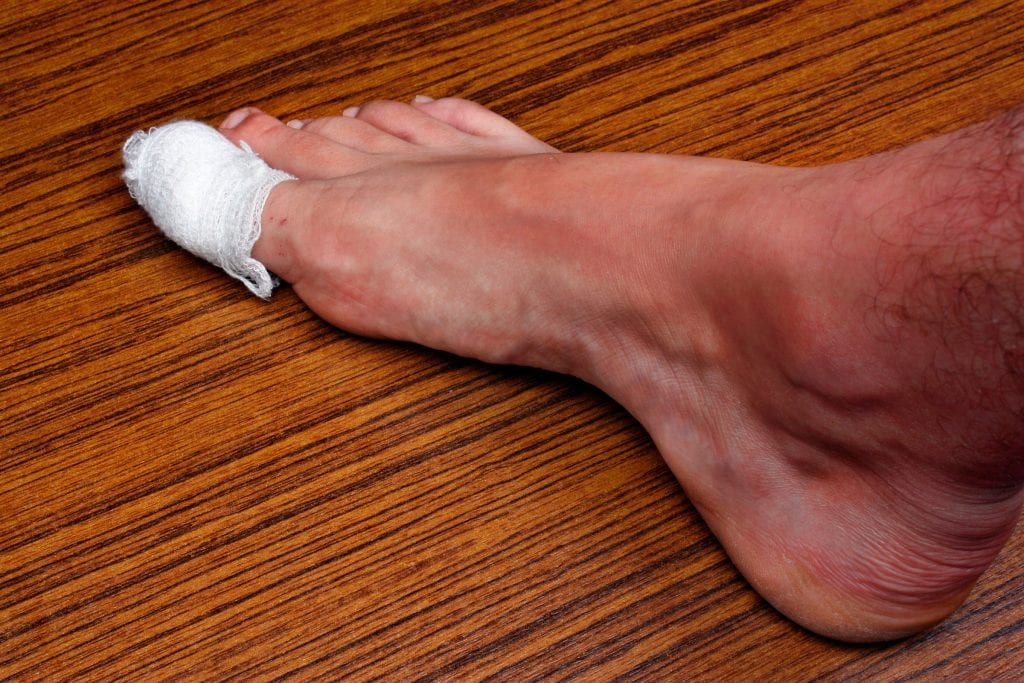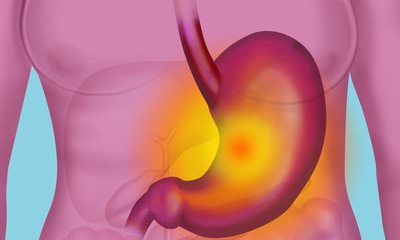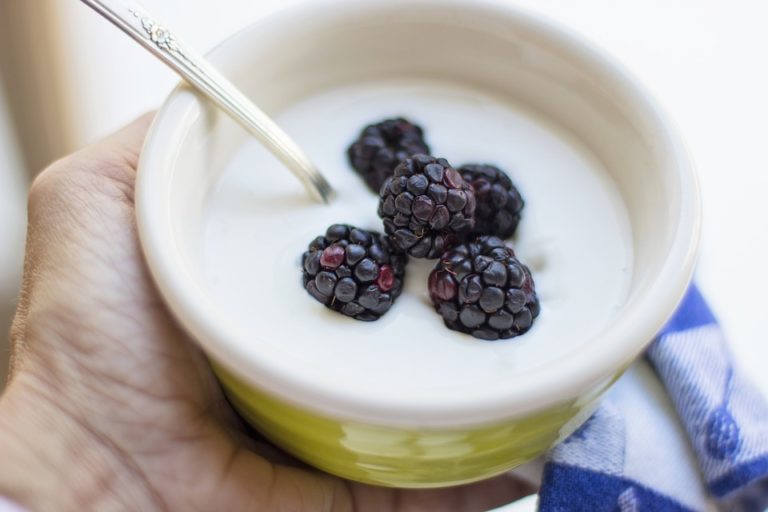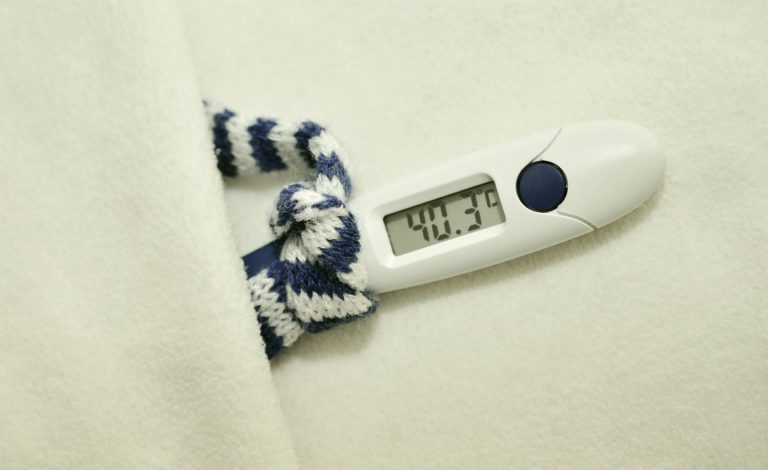
Enlarged, painful big toe
It could be: What you ate. Gorged on wine and steak? The painful aftermath could be gout, a type of arthritis that usually affects the joint of the big toe. (Here are some natural remedies for the pain and swelling.) Foods high in purine, a chemical compound found in red meats, fish, and certain alcohol, can trigger an attack by raising levels of uric acid in the body. Uric acid is normally excreted through urine but is overproduced or under-excreted in some people.
“You’ll see the deposition of the uric acid in the joint, most commonly the big toe or the ankle,” says Bob Baravarian, DPM, a podiatric foot and ankle specialist at Providence Saint John’s Health Center in Santa Monica, California. “The patient will wake up with a hard, red, swollen joint. It’s extremely painful.” A doctor may prescribe anti-inflammatory drugs for short-term relief and suggest a low-purine diet for long-term prevention.

























